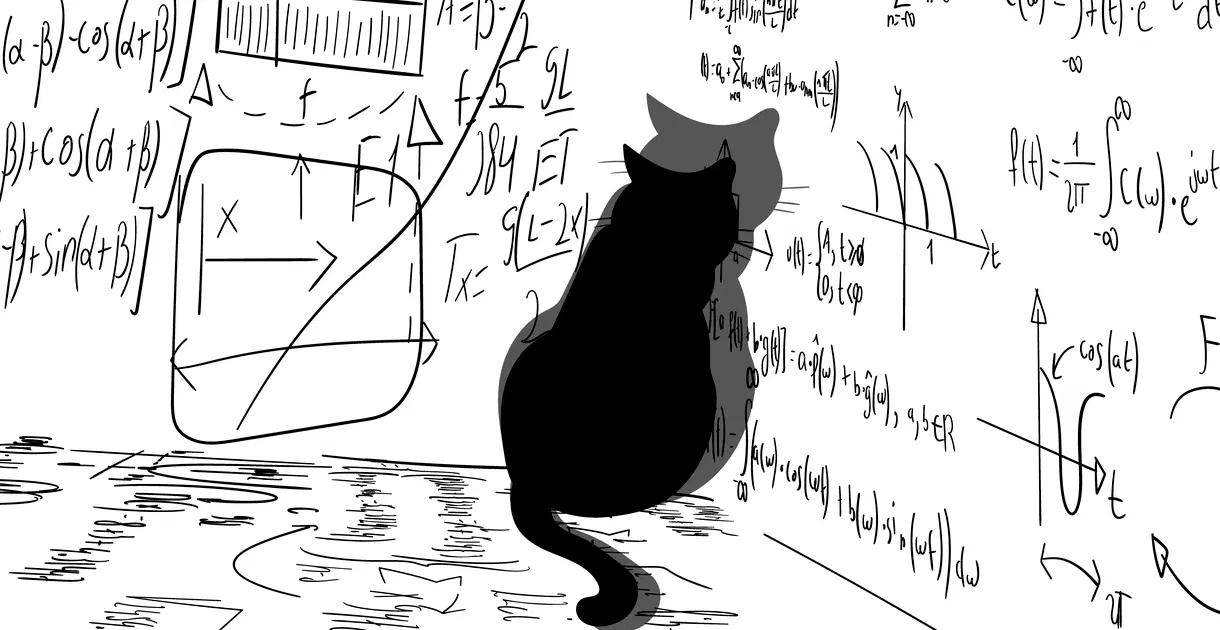
The 1D Infinite Square Well
We examine the simple yet important representative problem of the 1D infinite square well, which well illustrates the basic concepts of quantum mechanics. We find the nth stationary state ψ(x) and ...

We examine the simple yet important representative problem of the 1D infinite square well, which well illustrates the basic concepts of quantum mechanics. We find the nth stationary state ψ(x) and ...

We derive the time-independent Schrödinger equation ψ(x) by applying the separation of variables method to the original form of the Schrödinger equation (time-dependent Schrödinger equation) Ψ(x,t)...

Learn how to calculate the expectation values of position and momentum from the wave function in quantum mechanics, and extend this to the calculation formula for the expectation value of any mecha...

We examine the basic form of the Schrödinger equation, which holds a similar position in quantum mechanics as Newton's laws of motion in classical mechanics. We also explore the statistical interpr...

We explore the concept of reference frames and the Galilean transformation widely used in classical mechanics. We also briefly examine Maxwell's equations and the Michelson-Morley experiment, which...

Learn how to design prompts for multilingual translation of Markdown files and automate the process with Python using Anthropic/Gemini API keys. This second post in the series covers API key issuan...

This series covers setting up a container-based deep learning development environment using NVIDIA Container Toolkit, and configuring SSH and Jupyter Lab for remote server use. This post is the sec...

Learn about nuclear reaction expressions, Q-value definitions, and the concepts of mass defect and binding energy.

Briefly examine elementary particles important in nuclear engineering such as electrons, protons, neutrons, photons, and neutrinos, and explore the structure of atoms and atomic nuclei.

This series covers setting up a container-based deep learning development environment using NVIDIA Container Toolkit, and configuring SSH and Jupyter Lab for remote server use. This post, the first...